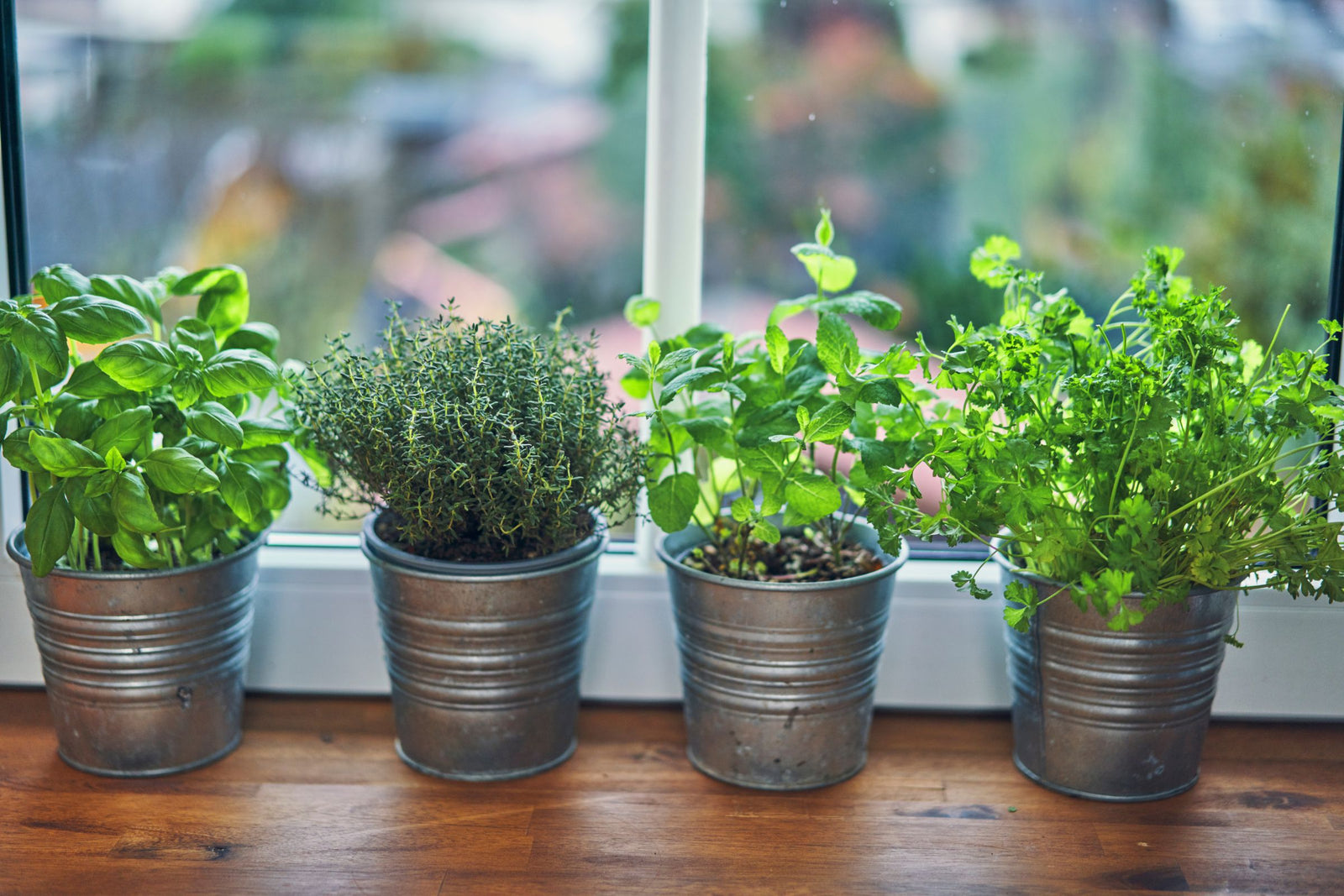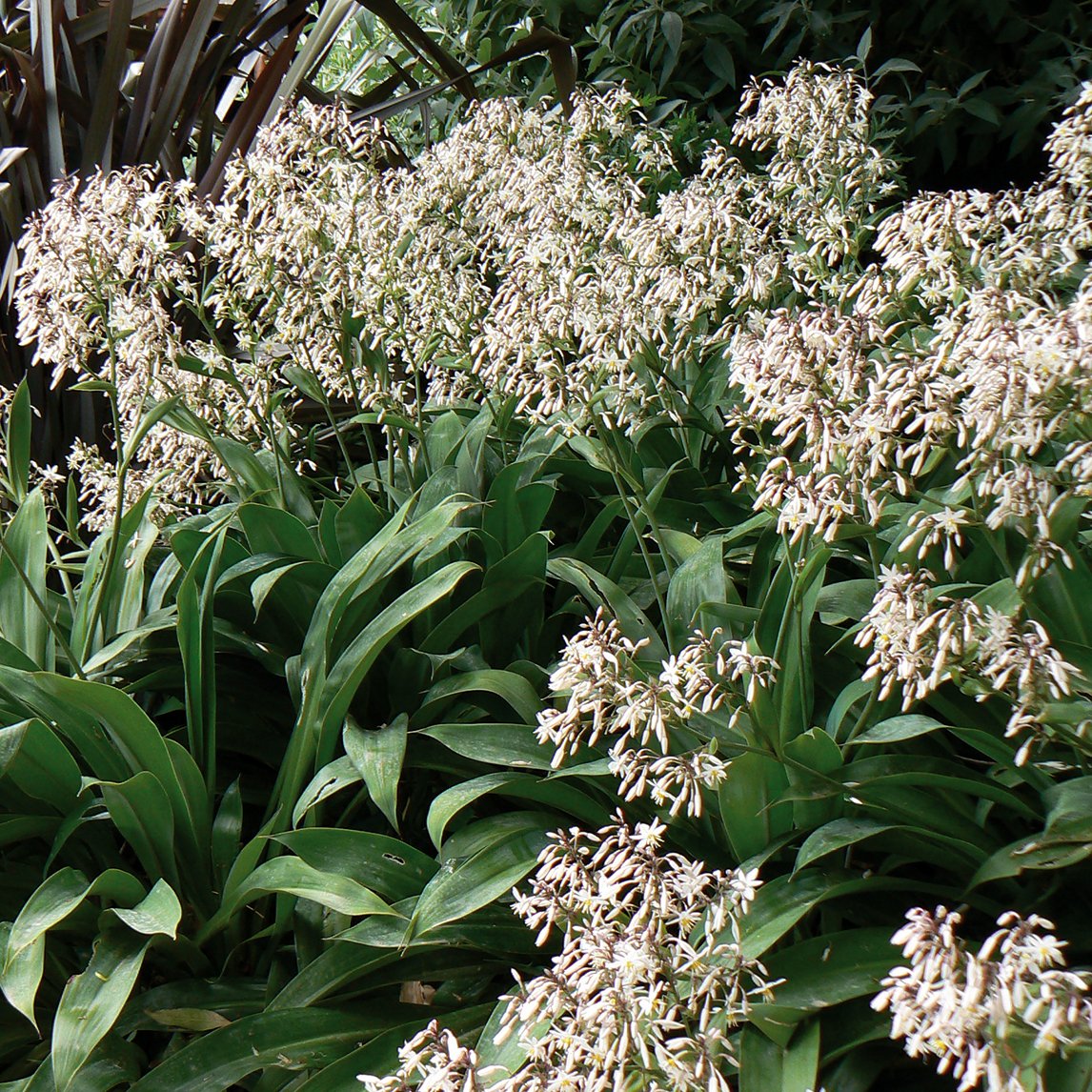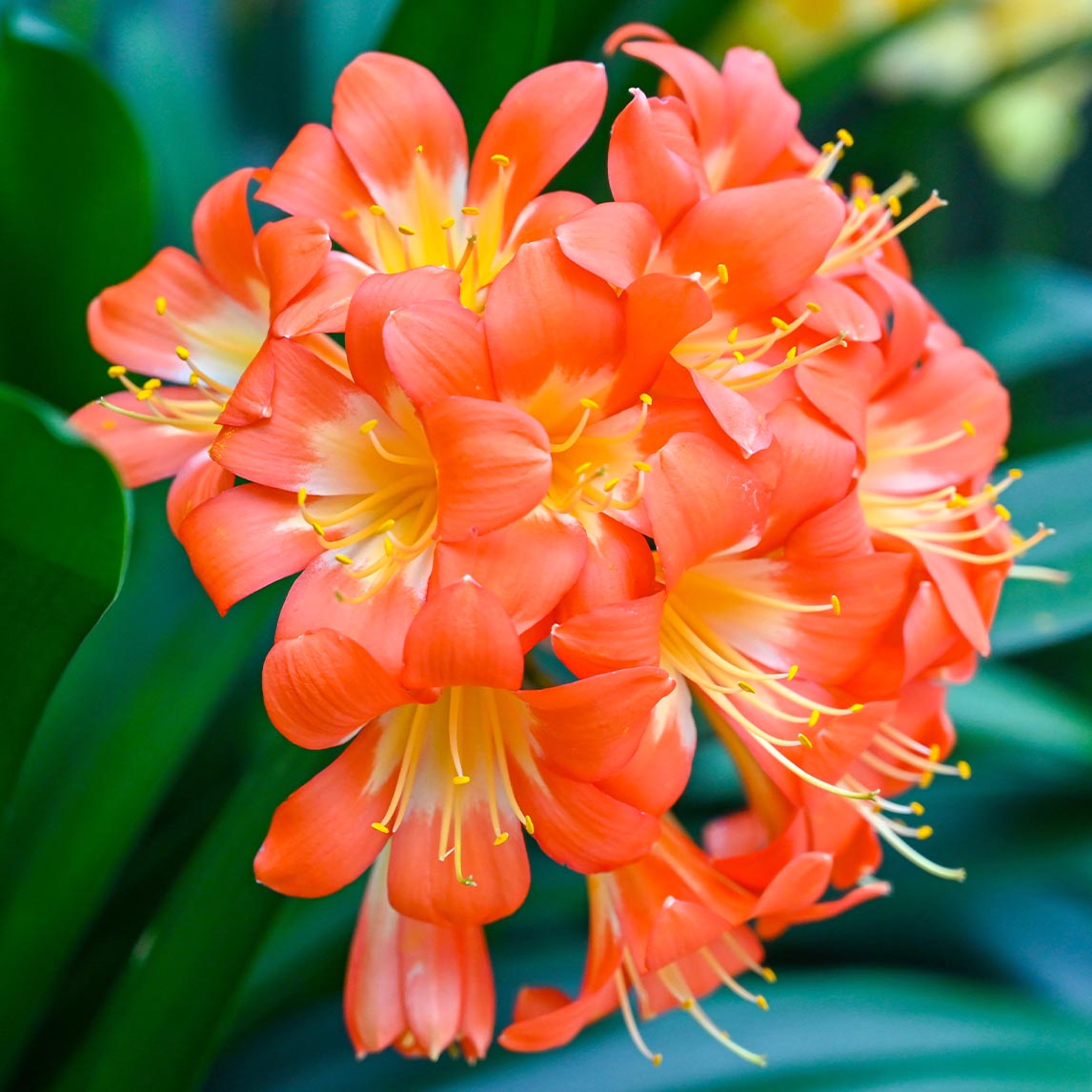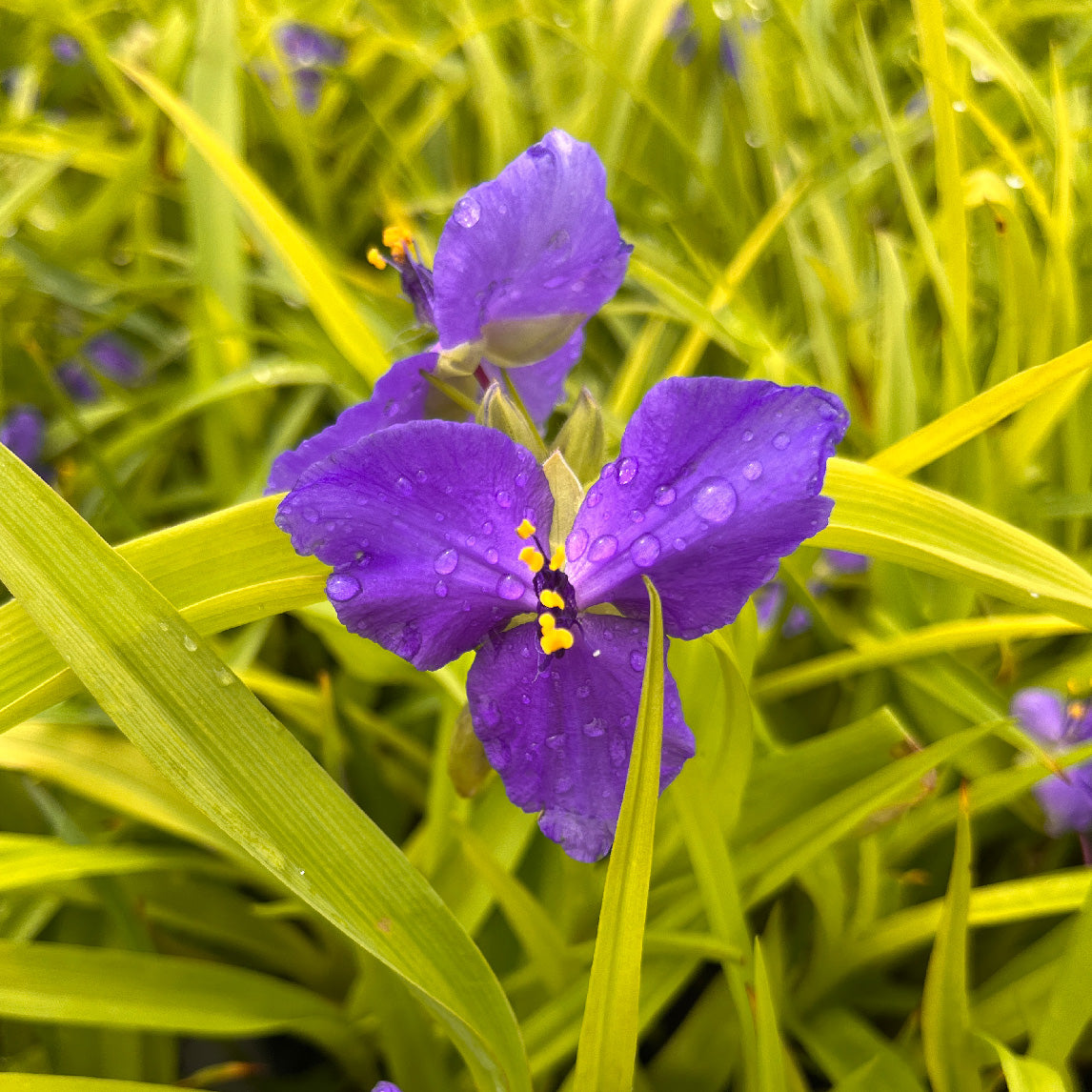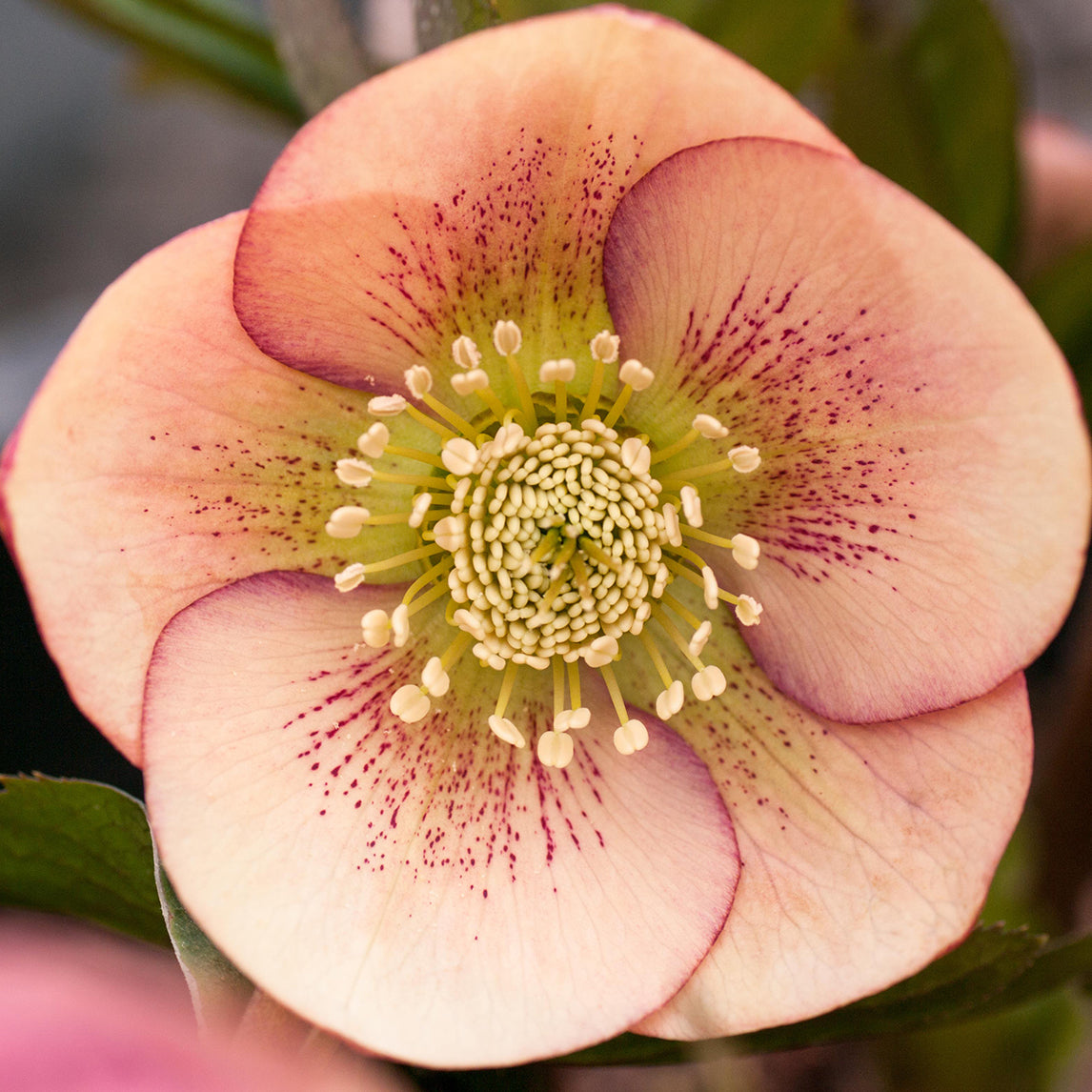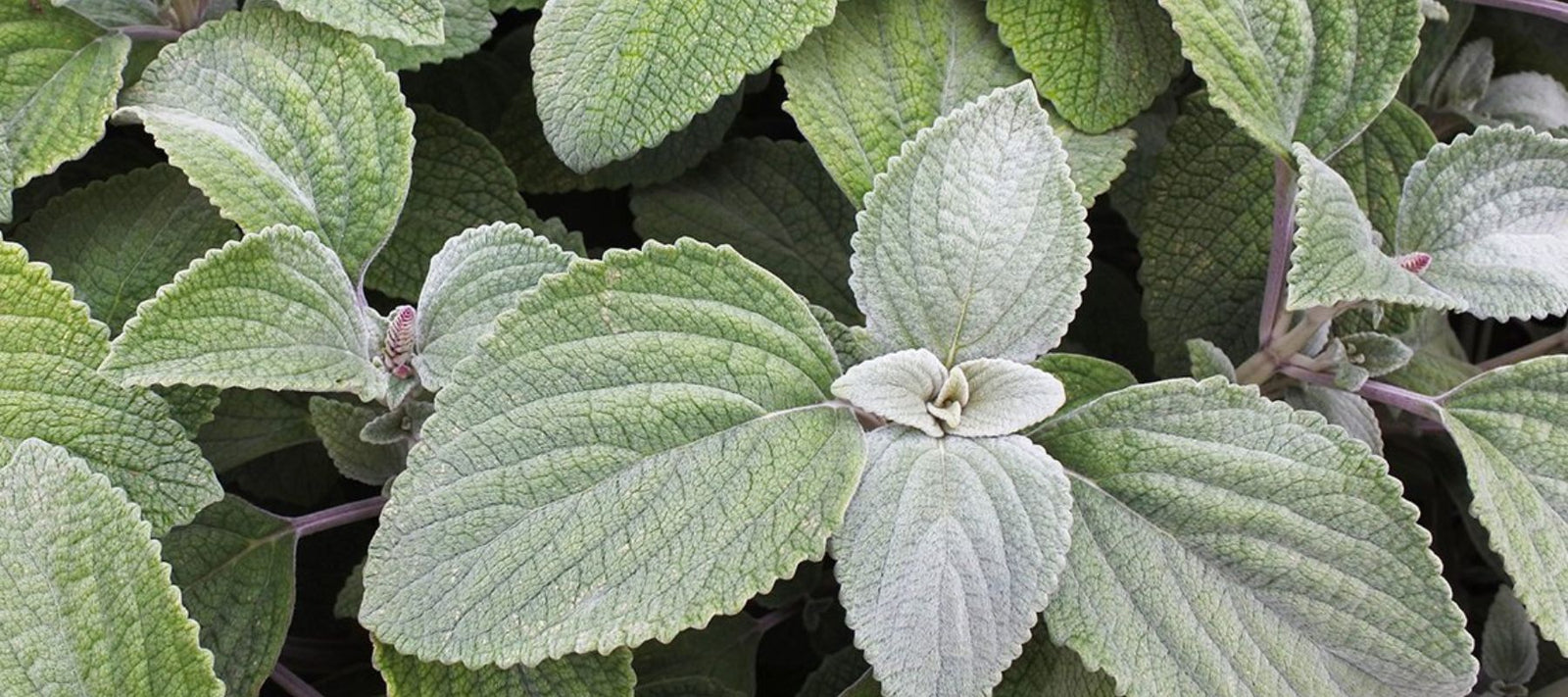
A new perspective on shade
Shade is no longer considered a garden problem, in fact, we encourage gardeners to plant more large trees to create shaded, cool areas in their gardens.
Trees improve our air quality and the shade they create helps to naturally cool our homes (if planted correctly) as well as creating cooler areas in the garden to enjoy some time outdoors away from the sun.
The doom and gloom of gardening in the shade often spurred gardeners into clear felling trees to open up the canopy and allow more light to enter and make gardening in the sun easier. But in the height of summer, it is these areas of shade that provide relief. By designing a garden that has a mix of shade and full sun, you create spaces to enjoy all year round.
Understanding shade
There are many types of shade in the garden from full shade all day, everyday (this is the permanent shade usually created by buildings and fixed structures), to part shade created as sunlight moves across the garden and plants, trees and other structures create shaded areas at various times throughout the day which may also change seasonally.
Only some plants are adapted to thrive in consistently low light levels, and many of these have become popular indoor plants. There are many more plants adapted to short periods of shade, and many that enjoy shade at certain times of year. This is often referred to as seasonal shade and is provided by deciduous trees. This the perfect position for woodland plants such as hellebores, because their leaves are protected from sunburn throughout the summer and revel in the light available during winter.
Planting under trees
There is more to the shade garden than light limitation. A shade tree often means root competition and a phenomenon called “dry shade”. Here are a few strategies to help deal with roots that deplete the soil of water and nutrients:
Plant selection
In the driest, darkest shade, plant clivias, New Zealand Rock Lily or acanthus. If these don’t grow, little else will.
Cultivation
This approach needs to be limited and we would not recommend cutting any major roots that would harm the tree. Instead, you could use pots.
Fertilising
Give the shade garden extra care by regular liquid fertilising. This helps ensure the nutrients are not all being sucked up by the trees.
Planting in Pots
This is an effective way to maintain special plants in the shade. No root competition and, as far as light goes, they can always be taken on holiday into the sunshine.
The many benefits of shade
Shade often means shelter. This can be a good thing; frost seldom penetrates deep canopy so you can often grow plants from a slightly warmer climate in a protected (often shaded) area, especially useful for growing subtropicals down south like bananas, pawpaw, babaco and ginger.
Foliage first
In the shade garden, foliage beats flowers every time. There are few plants that successfully flower in the shade, but that’s ok because with foliage colour, you have a display that lasts all year round. Look for bold foliage foliage plants such as monstera, gunnera, hosta and cordyline. Combine these with gold-leafed plants like Tradescantia ‘Sweet Kate’, Canna ‘Bengal Tiger’ and Golden Pineapple Sage and you’ll bring colour and excitement to the shade.
Flowers in the shade
If you really want a few flowers, look for those that thrive in low light, but rely on scent to attract pollinators like daphne, Ginger Lilies, Sweet Box (Sarcococca confusa), Mexican Orange Blossom (Choisya ternata) and luculia.
There are also shade lovers beyond azaleas and camellias that will give flower in the shade. Plectranthus sp. are as tough as boots and flower from white to deep purple. Clivias are probably the showiest of shade flowers. In dappled shade woodland flowers like columbines, epimediums and oakleaf hydrangeas thrive. And don’t forget bulbs! Daffodils and bluebells are classic deciduous shade plants and veltheimia flowers well under our own Moreton Bay Fig at Heronswood.
Design ideas for dry shade from our gardens
Our members often ask for advice on what to plant in the shade and ‘dry shade’ is one of the more challenging positions in a garden to select and cultivate the right plants. Inspiration for shade gardens can be found in our three world-class gardens. We can also find ideas for design and plant selection at our botanic gardens, especially Adelaide and Melbourne, both notable for their use of plants that thrive in dry shade situations. Ultimately, the secret to success in the shade is choosing the right plants.
Plan your next visit and talk to our helpful staff and gardeners about what to plant in your garden.



